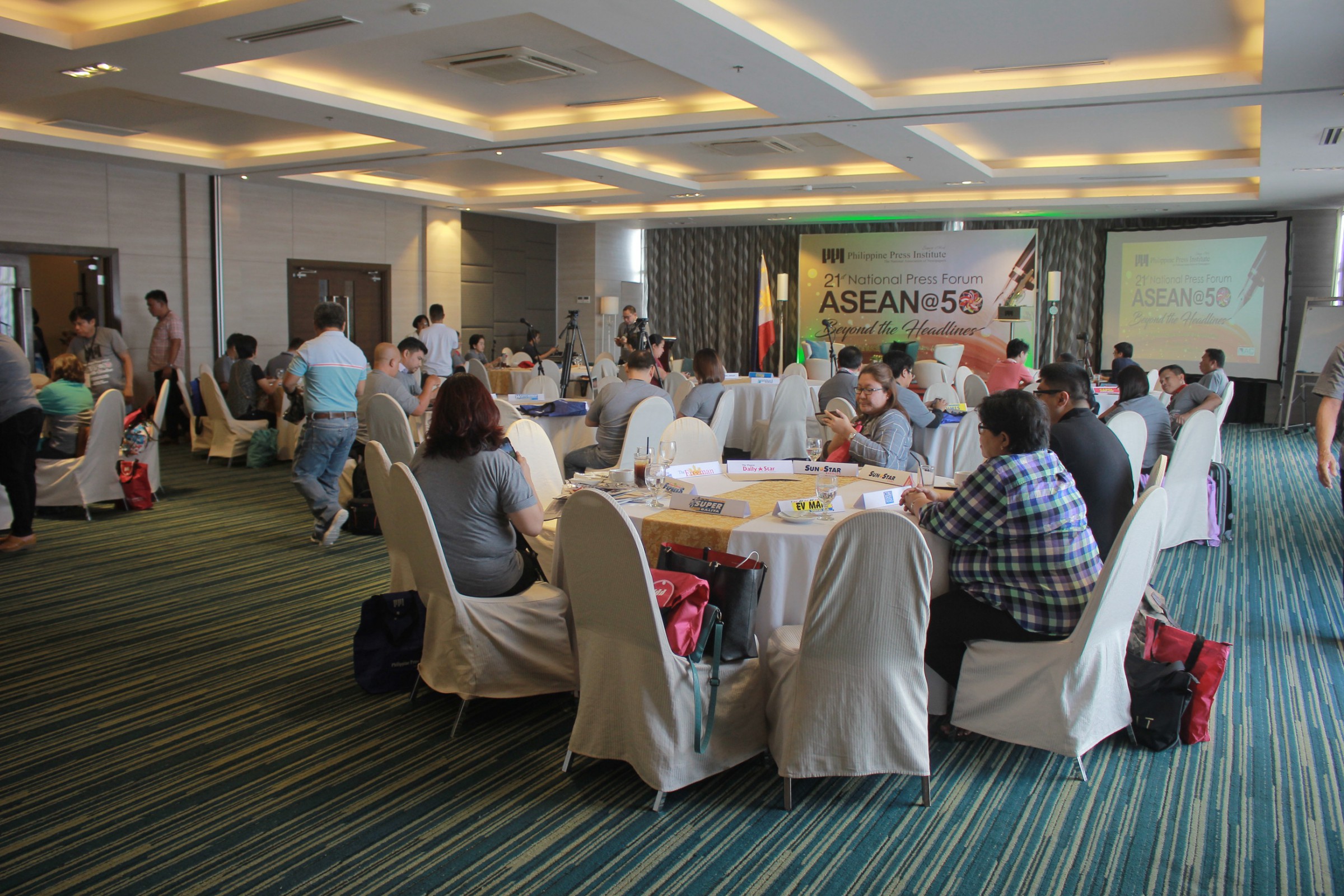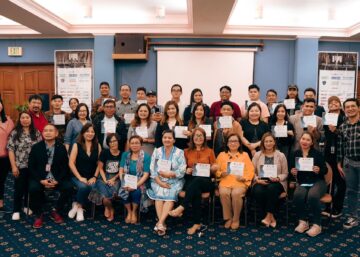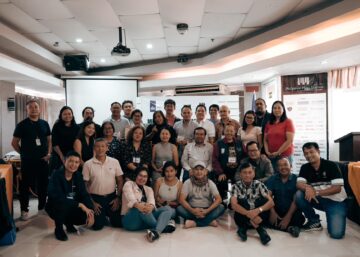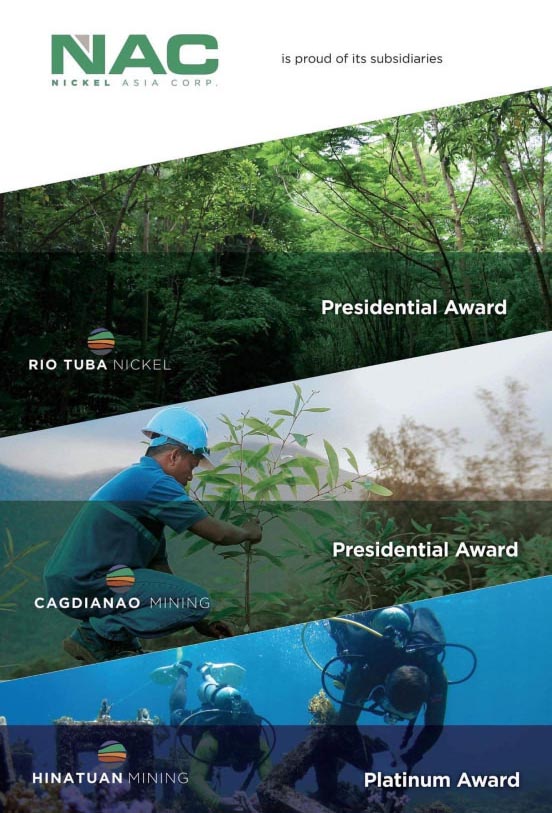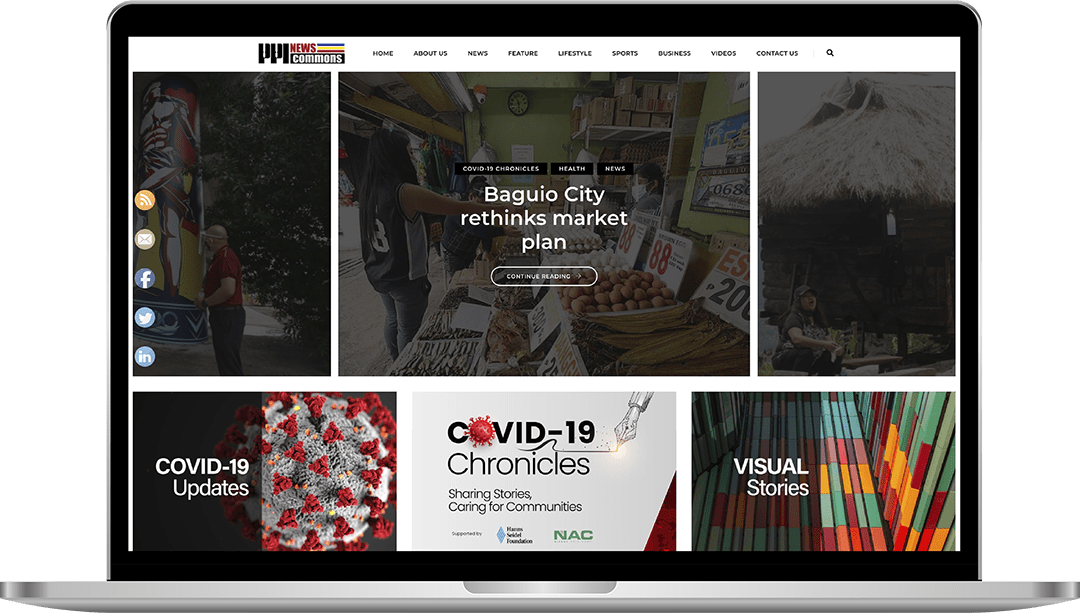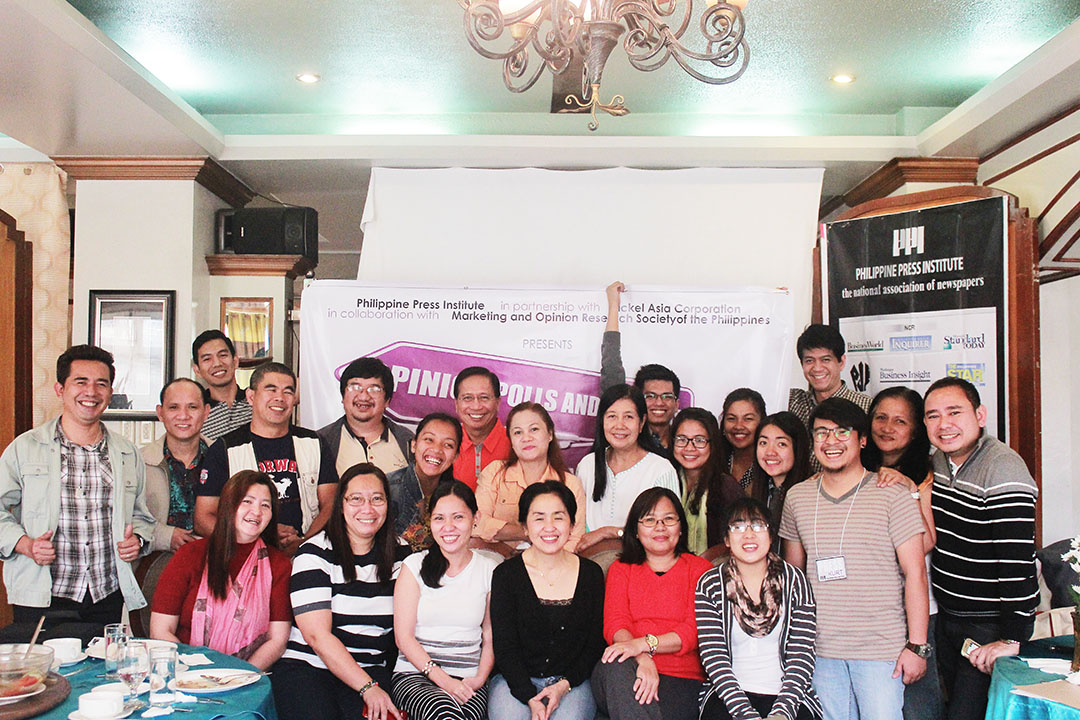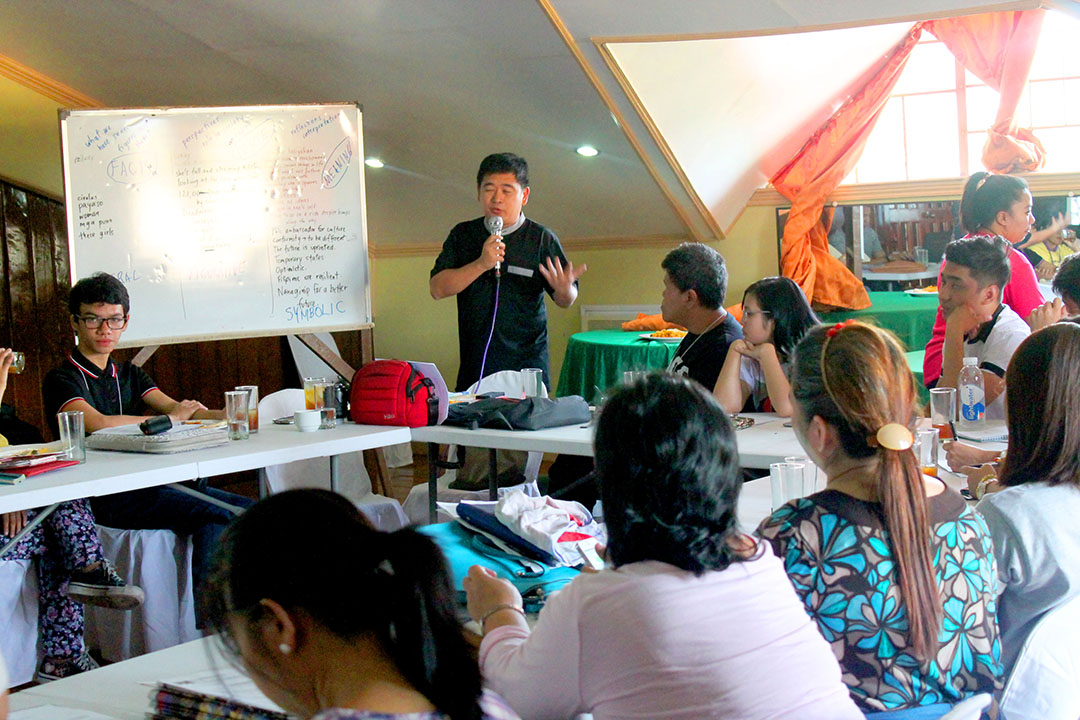Today, at 50, ASEAN’s decades-long existence should prompt some earnest reflection on several fronts. How far has it gone in achieving its goals? How much of its multi-pronged vision for the 625 million-strong regional bloc is now undeniably a reality? Has it made a dent in the lives of its peoples, not just economically but also politically, socially, and culturally? To what extent is this being felt on the ground, if at all?
Questions abound in particular on the state of human rights and other thorny issues — the Rohingya crisis and South China Sea dispute easily jumping to the top of the list — hounding, and polarizing, parts of the region, and which are of such a scale they have drawn global attention. Is Southeast Asia, finally, a region where the only thing that sets its peoples apart is their geographical boundaries? (This, amid the march to regional integration.)
It goes without saying that ASEAN is not just about the much-ballyhooed, high-profile summits and similar events regularly attended by its leaders and other high-ranking officials. Yet, mention ASEAN to ordinary citizens of any one of its ten member countries, and what easily comes to mind? (One hopes it’s not the obligatory photo-ops showing our leaders clad in the traditional dress of their host country.) Do they pride themselves, collectively and individually, on being part of ASEAN, knowing quite well what it is all about and should mean for them? Can they, off the top of their heads, explain its role — and relevance — amid ASEAN’s diverse political systems as well as social, economic, and cultural settings?
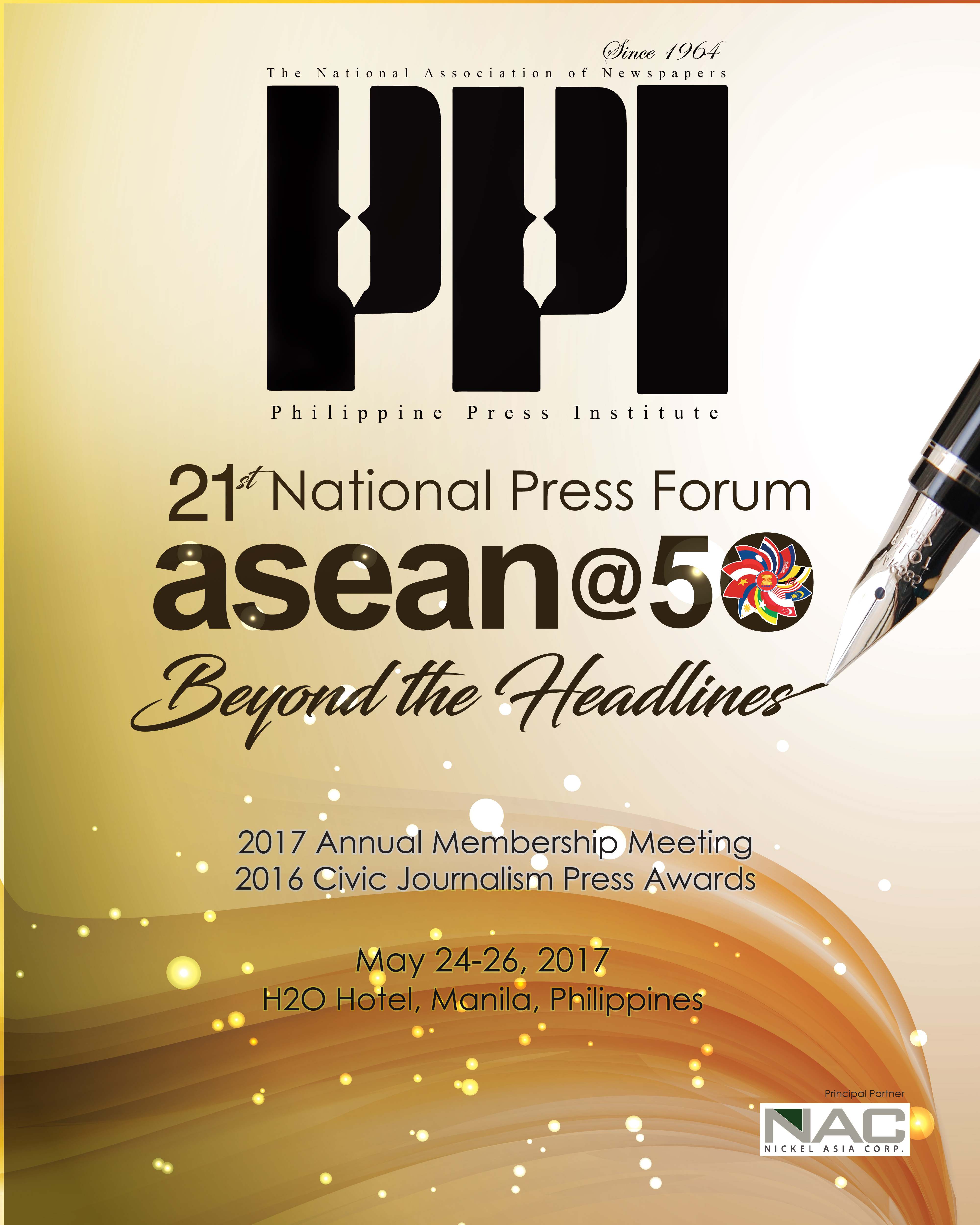
And amid a flurry of acronyms (e.g., AEC, ASC, ASCC, AEM, AFTA, ATM, AMBDC, AFMM, AMEM, AMMin, etc. — indeed a veritable alphabet soup of abbreviations), how much does the average ASEAN citizen understand about specific ASEAN committees’ raison d’etre and the goings-on before, during, and after official meetings and dialogues, and why should he care?
These and myriad other, even more substantive, issues deserve a deeper look such as the challenges of regional integration, dubbed a milestone in ASEAN’s history.
Who better to explore the issues — including highly polarizing ones — that matter to ASEAN peoples — than the mass media? Who better to tell the stories that are aching to be told — stories that go beyond the headlines, cliches, and catchphrases — and that often get buried in the din of what is arguably superficial coverage of ASEAN — than the media? There is no gainsaying the fact that media are in a strategic (though not necessarily enviable) position — this, by dint of their time-honored function — to expand the breadth and depth of public discussions (to the extent that these are taking place) cannot be emphasized enough.
Interestingly enough, as ASEAN marks its golden anniversary on August 8, some decades-old and recently emergent issues and challenges are still lurking in the dark, waiting to be brought to light, as it were. Perhaps it is time Southeast Asia’s national and regional media, including community newspapers, took stock of the state of their coverage of the regional bloc — and rose to the challenge of shining a spotlight where it’s most needed, long after the latest ASEAN summit has been concluded or regional agreement signed — and long after the visual spectacles that often mark high-level regional meetings vanish from view.
While at it, the Philippines’ chairmanship this year of ASEAN comes at an interesting time, when the country is being hobbled by allegations of human rights violations spawned by President Rodrigo Duterte’s all-out war against drugs. The irony should not be lost on those of us who are familiar with the strong and firm position the Philippine government has taken in the past on specific issues such as when it actively pushed for the creation of a regional human rights body and led calls to strengthen the ASEAN Human Rights Declaration in the face of perceived deficiencies in this vital instrument.
To date no ASEAN member state has publicly called out the Philippines for the culture of impunity that human rights advocates say the the country’s anti-drug campaign has engendered. Such a stance seems all of a piece with the region’s principle of non-interference in matters domestic.
To be sure public debate around complex and sensitive issues confronting ASEAN needs to be enhanced. Pointing out the role of the press in this regard would be belaboring the obvious, but it would also mean positing that the media, and all member states for that matter, are standing on common ground where fundamental freedoms are concerned. (Fifty years on, dissent is still frowned upon in parts of the region.)
Still and all, the Philippine Press Institute, on the occasion of its 21st National Press Forum, hopes to make a modest contribution to enhancing public dialogue on ASEAN, with the media at the forefront.
[osd_social_media_sharing]
